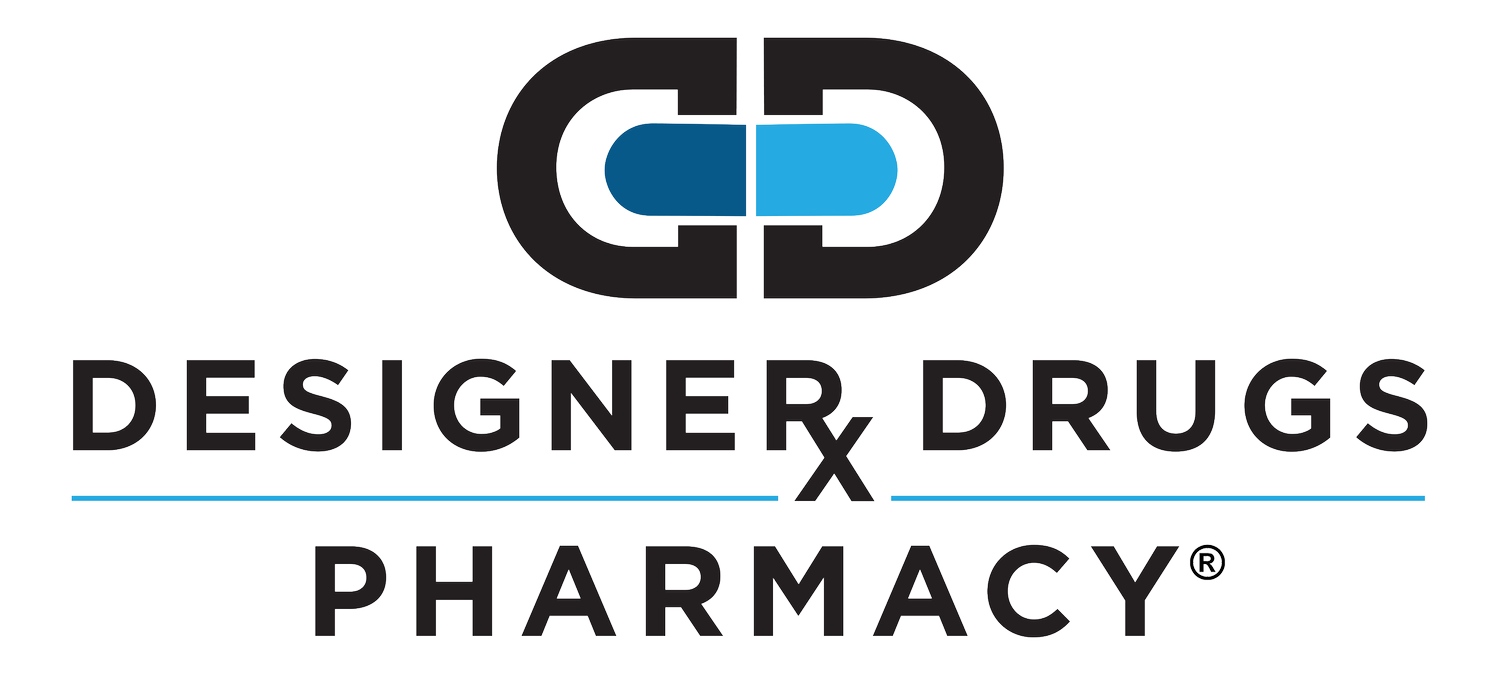How does Vitamin C help your sunscreen?
There is a select group of products that are essential for every skin type: sunscreen, retinoids, and vitamin C (or ascorbic acid). You might use products in addition to these three, but these are the backbone to every great regimen. You might have overlooked topical vitamin C before, thinking what good could a common vitamin do for my skin? The answer is plenty.
Vitamin C boosts sunscreen’s effectiveness. While we know that sunscreen helps decrease signs of aging, there is only so much UV-related oxidation that sunscreen can prevent. The free- radicals that remain can wreak havoc on our skin by altering our cells’ genes (which could lead to skin cancer), increasing wrinkles, causing uneven pigmentation (like sun- spots or melasma), and decreasing collagen production. Furthermore, as we age our skin has less capacity to neutralize these free- radicals. All the more reason to add vitamin C to your regimen now!
The number of vitamin C options on the market can be overwhelming, so here are some helpful tips:
L-Ascorbic acid is still the most-studied form of vitamin C. Some products use vitamin C derivatives (such as sodium ascorbyl phosphate, ascorbyl palmitate, and magnesium ascorbyl phosphate) that might be more stable when exposed to light and air, but ascorbic acid is still the gold-standard for topical vitamin C.
Consider using vitamin C as a serum to simplify your regimen. Vitamin C should be the very first thing that touches your skin after cleansing and toning. Layering on your SPF and make-up after a serum can be easier than after a cream.
There are products in a wide range of concentrations—usually 5% up to 20%. While the higher strengths can penetrate the skin well, studies have shown improvement even with lower strengths. If you are new to vitamin C, look for a concentration between 10% and 20% to balance both efficacy and tolerability.
At Designer Drugs, we can recommend a topical vitamin C tailored to your skin type and skincare goals to maximize your benefit from this antioxidant powerhouse!
